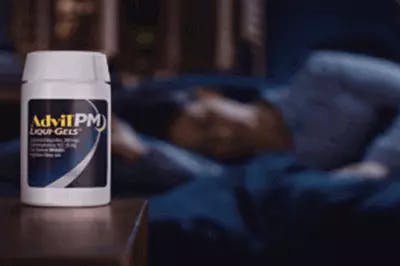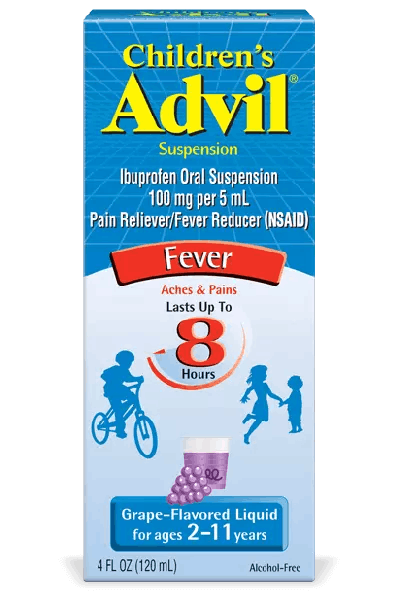Managing and Avoiding Back Pain
Backache
Lower back pain is a major cause of disability and loss of productivity. Most back pain is treatable, and that's good news to the 85% of you who will be suffering from lower back pain at some point in your adult lives. So sit up straight and take a look at some of the causes and solutions to those nagging back problems.
Causes of Back Pain
Lower back pain can occur in people who are overweight, in poor physical shape, have poor posture, or are compelled to sit or stand for long periods of time. Muscle strain is another cause of a troubled back, either from lifting something that is too heavy or by lifting objects incorrectly. Many pregnant women develop lower back pain due to the extra weight they support during pregnancy.
Another common cause is osteoarthritis (a ”wear-and-tear” condition), fractured vertebrae (the literal "broken back"), and the “slipped” or herniated discs are all serious medical conditions that must be treated by a qualified physician.
Relieving Back Pain
No matter what you suspect to be the cause of your pain, the first step in treating it should be to see your doctor. A typical course of treatment for back pain, which may be accompanied by muscle spasm, would be the following:
- Bed rest for a day or two,
- Local application of either heat (like ThermaCare) or cold, depending on the type of injury,
- A massage of the area, especially for a muscle spasm, and/or
- An OTC anti-inflammatory pain medication such as Advil (which contains ibuprofen) or a prescription anti-inflammatory drug and muscle relaxant.
After the initial symptoms are treated, your doctor may show you some exercises designed to strengthen muscles that support the back.
Avoiding Back Pain
Proper lifting techniques and the right exercises can help those who never have experienced back pain, as well as chronic sufferers. Here are a few tips by category:
Lifting
- Always, always, always bend at the knees and not at the waist. This allows you to use the stronger muscles of your legs rather than using your lower back.
- Never twist while lifting.
- Avoid lifting anything above shoulder level.
- Get help with lifting heavy objects.
Posture
- Stand with one foot elevated and shift positions often.
- Walk with erect posture and wear comfortable shoes.
- Sit with both feet on the floor and your knees at least as high as your hips, and position yourself firmly against the back of the chair.
- When driving, move your seat close enough so that your feet can reach the pedals easily and you can drive with both hands on the wheel.
Work out the kinks
- Do your exercises every day.
- Lose weight if necessary.
- Take breaks often to avoid overworking your back.








